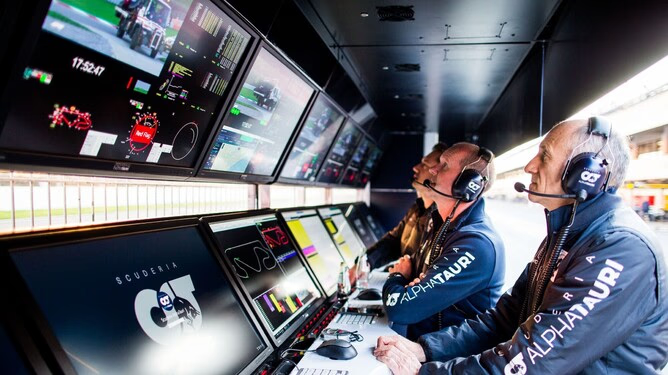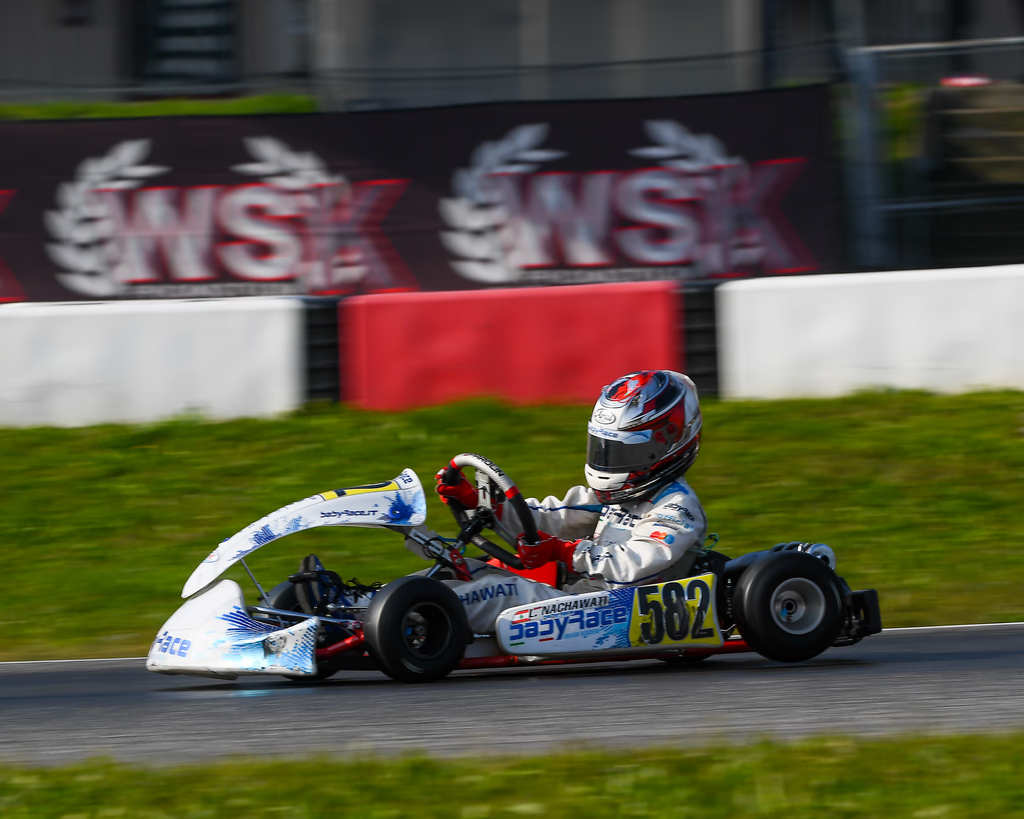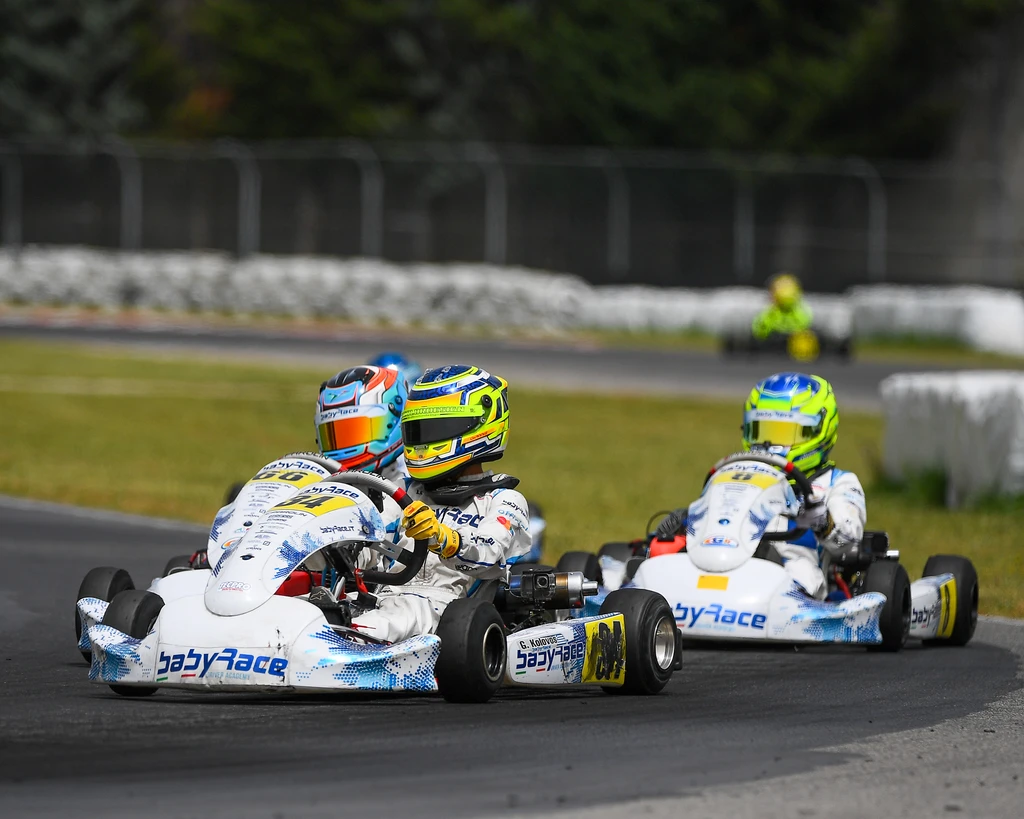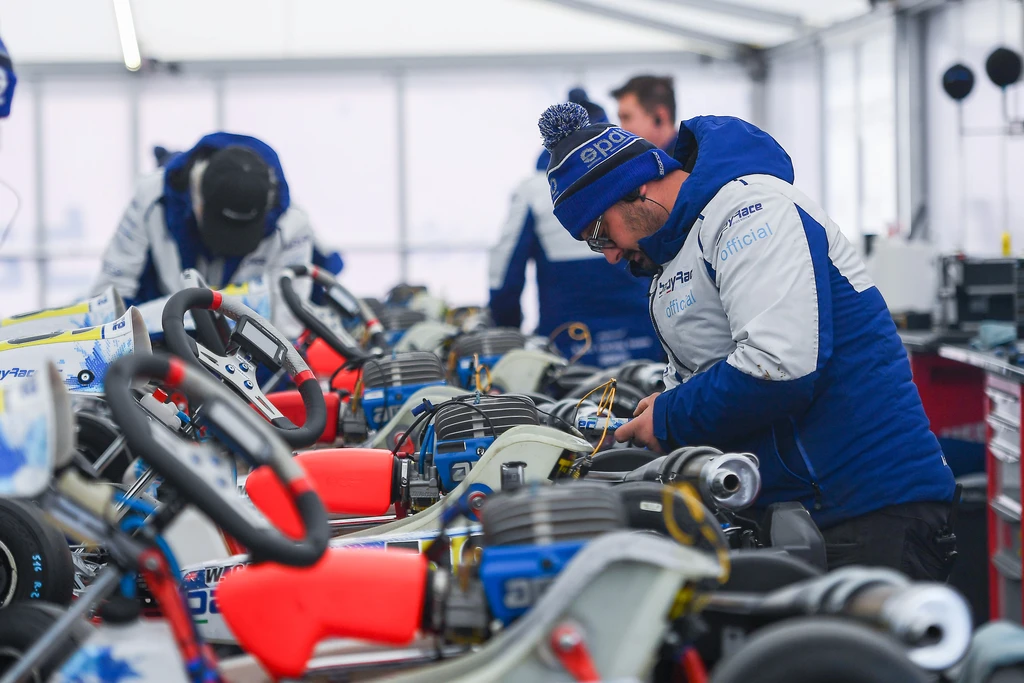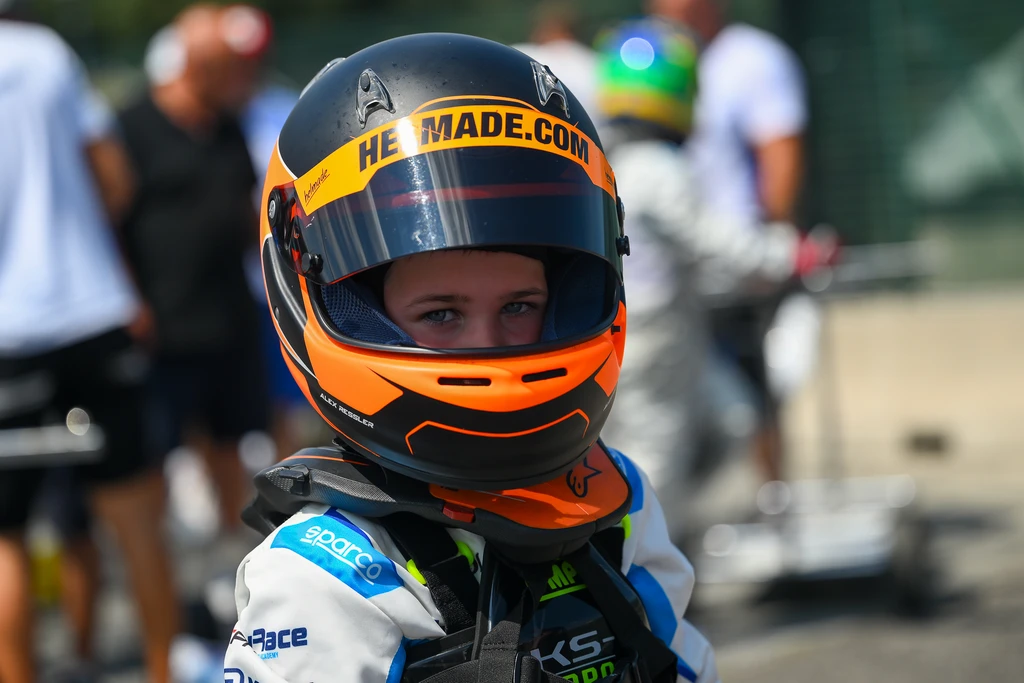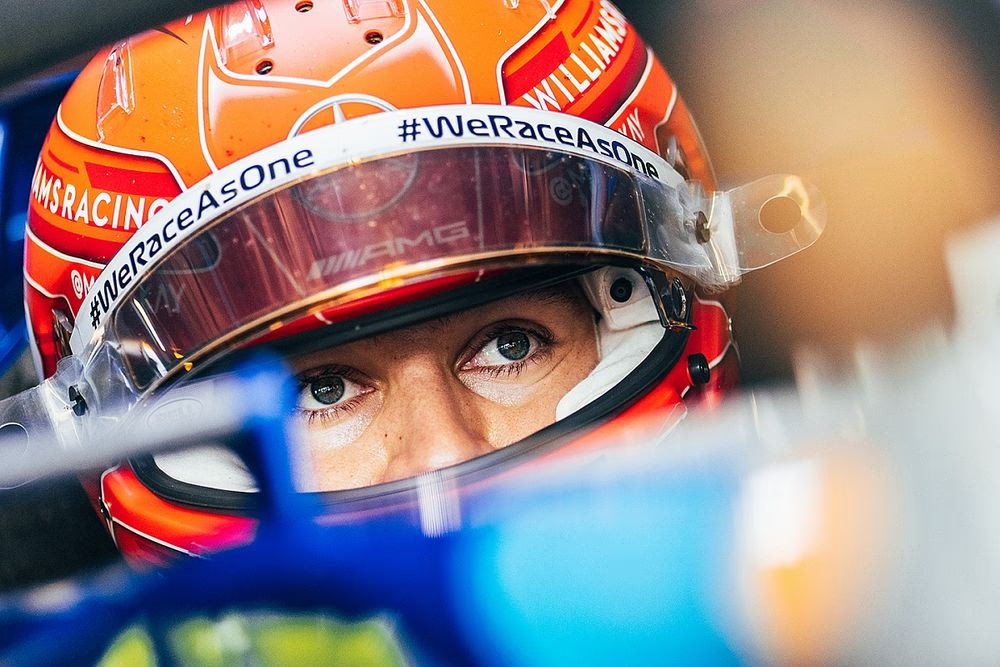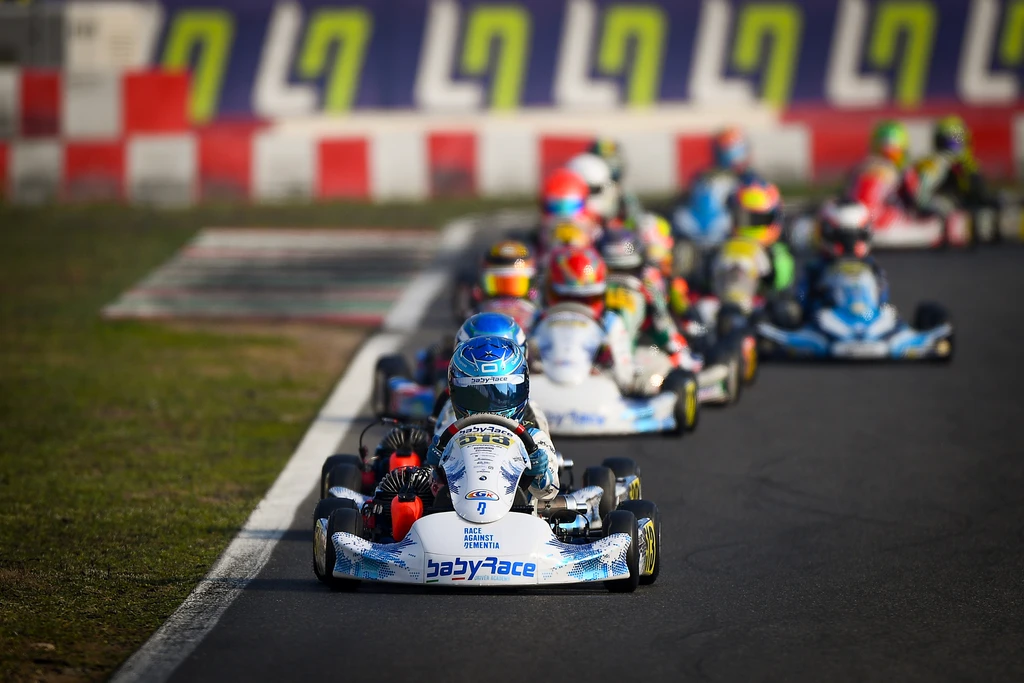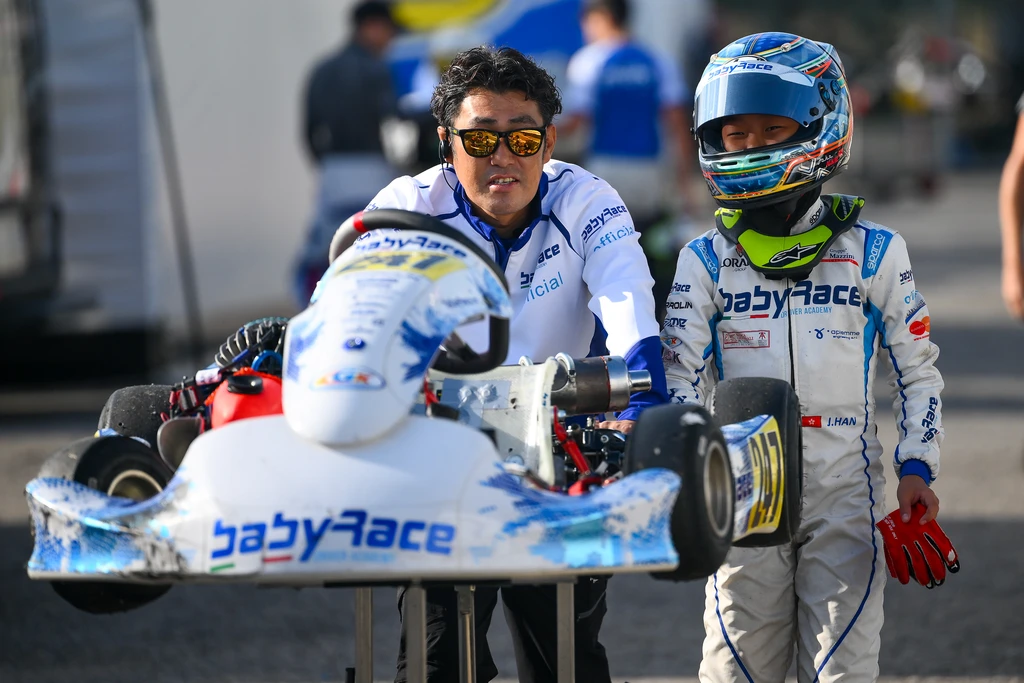
Karting: Art or Science?
If you had asked me years ago whether karting was more of an art or a science, I would have said “art.”
Back then, it felt like everything depended on instincts, feel, and experience.
But today? The sport has changed. Just like Formula 1 turned into a mini space project with hundreds of engineers and sensors, karting has shifted too. If you still treat it purely as an art, you’ll be left behind.
Yep.
Modern karting is about parameters: knowing them, controlling them, and keeping your kart in what I call the optimal “performance window” for each of those parameters.
Why Parameters Matter
In Formula 1, engineers track everything: ride height, aero balance, suspension data, gear ratios, tire temperatures, brake pressure…you name it. That’s why the top teams win.
Karting doesn’t have the same level of tech, but the principle is the same. The more parameters you can track, the more control you’ll have over performance.
At BabyRace, where I manage drivers together with my brother, we’ve learned this the hard way. Today, we’ve got multiple data guys working full-time.
Checking tire pressures, carburation, exhaust temps, and driver input.
It’s no longer optional. If you want to fight at the top, you need the numbers on your side.
The Key Parameters You Must Master
Here are the main ones that make the difference in karting:
1. Engines and Carburetors
Every driver has a “number one” race engine and a backup.
Even two engines built on the same day can differ by one or two tenths. Same with carburetors, you can dyno 20 and only a handful will give you that extra edge.
👉 Tip: Treat engines and carburetors as numbers. How many HP has this, how many HP has that? So you can know which one is your race piece and which one is for testing.
2. Tires and Pressures
Your tires are the only contact point with the ground. That means they’re your biggest performance indicator.
- Too cold? You’ll slide everywhere and create graining.
- Too hot? You’ll blister or lose grip, sliding around.
Finding the optimal temperature range is everything. Manufacturers give guidelines, but experience often proves them wrong.
👉 My rule: Always monitor tire temps. Pressures are a tool, but temps tell the truth.
3. Brakes
Brakes don’t just stop you — they help generate tire temperature.
- In the cold: you may lack bite and need to brake earlier.
- In the heat: brakes overheat, pads stick, brake travel may increase, and you lose power.
That’s why you’ll see teams adding cooling ducts in summer races.
👉 If your brakes aren’t in the right window, forget late braking or confident overtakes.
4. Exhaust Gas & Carburation
Too lean? You risk seizing the engine.
Too rich? You lose power, especially in mid range.
I like to use lambda sensors for accuracy, but EGT sensors also help. The goal is always the same: keep your engine breathing in its sweet spot.
5. Radiator & Water Temps
Ignore this and you’ll either:
- Overheat the engine (risking a seizure), or
- Run too cold and lose performance.
👉 Ideal ranges depend on category, but always check both the radiator and engine head temps.
Think Like an Engineer
When I look at a kart today, I don’t just see a chassis and an engine. I see numbers floating everywhere: tire temps, tire pressure, exhaust temps, water temps, brake temps.
If even one parameter is off, performance collapses.
- Perfect tires + bad brakes = slow.
- Perfect engine + overheating water = DNF.
- Perfect everything + sliding tires = no grip.
That’s the reality of modern karting.
My Experience: The BabyRace Way
Running BabyRace taught me a big lesson: you can’t survive at the top without treating karting like Formula 1 in miniature.
At big races like WSK or Champions of the Future, the bar has skyrocketed. Everyone is fitter, smarter, and armed with better data. If you’re not chasing every number, you’ll never be consistent.
For me, the grind is real: managing drivers, checking pressures, working on carburation, analyzing data. It’s quite exhausting, but it’s the price of winning.
Final Thoughts: Karting Is Science Now
Karting used to be an art. You could rely on talent, feel, and instinct. But those days are gone.
Now, success comes from balancing all parameters in the optimal window —> what I call the “performance G-spot.”
It’s not random anymore. When you’re fast, you’ll know why. And when you’re slow, you’ll know where to look.
That’s how you win in modern karting.

